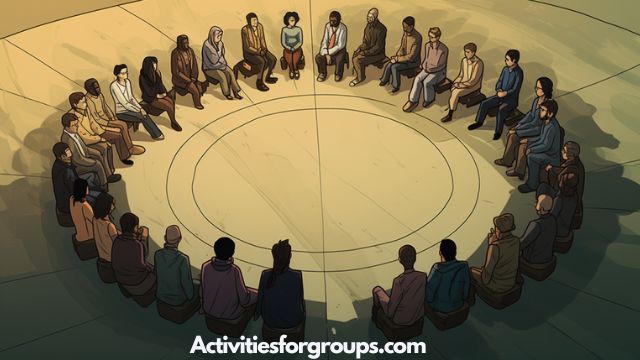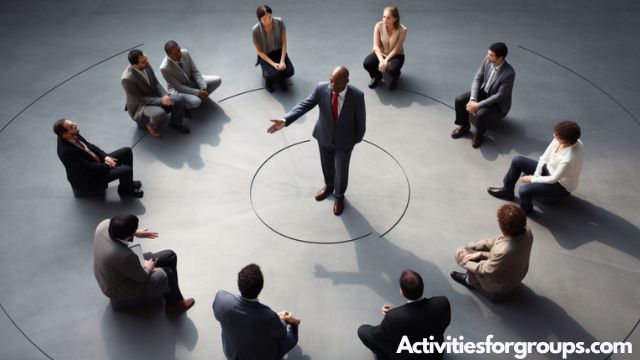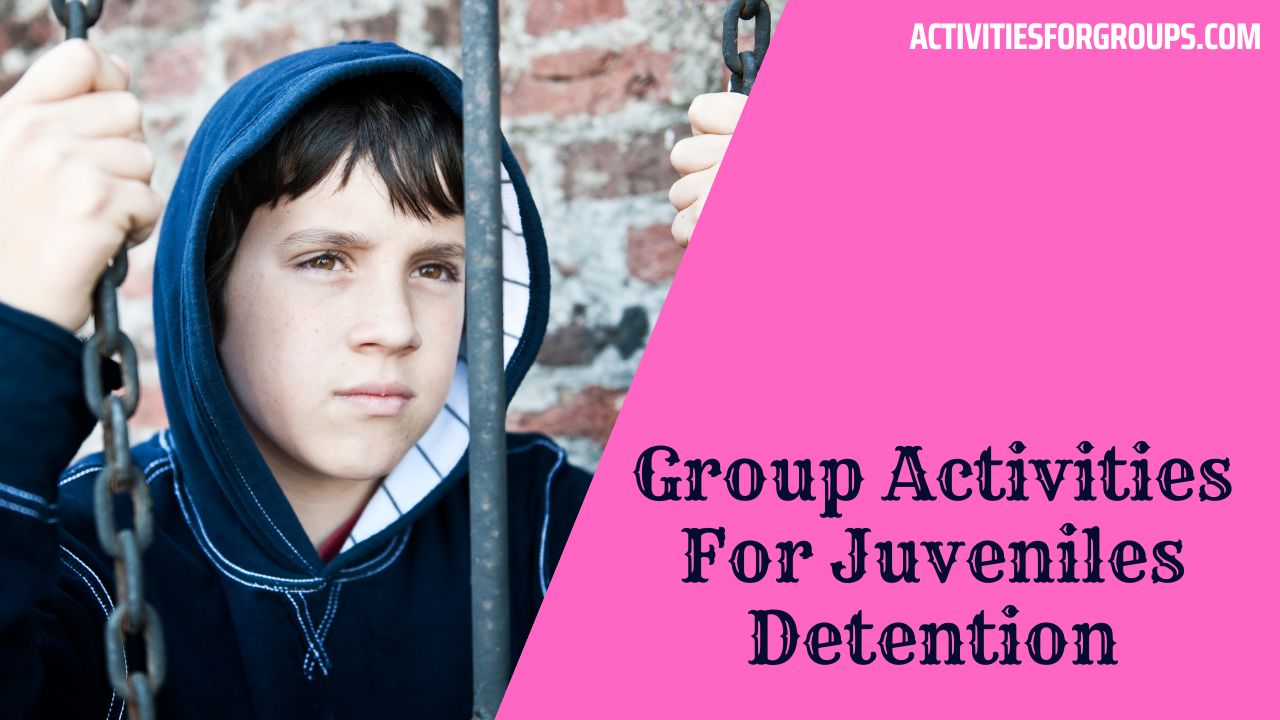Conflict is inevitable, but it doesn’t have to be destructive. Group activities can be used to facilitate conflict resolution in an effective and positive way.
These activities allow people to come together and learn more about each other’s perspectives and experiences. They also teach skills such as communication and problem-solving that can help resolve conflicts between individuals or groups.
In this article, we’ll explore the advantages of group activities for conflict resolution, as well as the challenges they present.
You’ll gain a better understanding of why these activities are so powerful and how you can use them to support your own conflict resolution efforts.

Overview of Conflict Resolution
Conflict resolution is something we all face, and it doesn’t have to be overwhelming – let’s explore how we can use group activities to make it easier.
Identifying the source of conflict is the first step in resolving it. This means understanding why two or more parties are having a disagreement and what needs to be addressed for everyone involved to feel heard and respected.
Communication strategies are also essential when it comes to resolving conflicts. Listening actively, expressing feelings honestly, speaking respectfully, and being open-minded are all important components of effective communication during difficult conversations.
Group activities provide an opportunity for people with different perspectives to come together in a safe space where they can practice these communication strategies while addressing underlying issues causing conflict.
Group activities such as role-play, brainstorming sessions, negotiation exercises, problem-solving workshops, or team building games can help create an environment that encourages collaboration and respect for others’ opinions.
In addition, when working through complex issues that require compromise from multiple sides of a disagreement, group activities allow everyone’s voice to be heard equally without one side dominating the conversation over another.
By facilitating open dialogue between parties in conflict through team-building exercises or other simulations that involve mutual trust and respect for each other’s ideas or opinions; this will enable them to better understand one another’s perspective while developing practical solutions that work for all sides involved.
Group activities provide an effective way for us all to learn how to identify conflicts quickly and address them efficiently by using interpersonal skills such as active listening and open communication techniques without resorting to aggressive behavior or avoidance tactics out of fear or anxiety which could lead to further disagreements down the line.
Ultimately, engaging in group activities as part of resolving conflicts between parties can help promote understanding amongst those involved while encouraging creative problem solving leading towards successful resolution outcomes beneficial for all sides involved.
Advantages of Group Activities for Conflict Resolution
Engaging in collective activities can help diffuse tension and create understanding between those in disagreement. Group activities provide a way to build trust, encourage collaboration, and strengthen relationships that may have been weakened by conflict. These activities are also beneficial for developing team building skills, such as problem solving and communication, which are critical components of successful conflict resolution.
| Win-Win | Neutrality | Compromise |
|---|---|---|
| Both parties are satisfied with the outcome | Draws attention away from the negative aspects of the situation | Both parties give up something to reach agreement |
| Helps to foster positive relationships between conflicting parties | Allows all sides to be heard without judgement or blame | Benefits both sides but still results in one side making more concessions than the other party |
| Aims for mutually beneficial solutions that everyone can agree on | Results in an acceptable solution based on shared interests and values rather than power dynamics | Encourages respect between conflicting parties by finding a middle ground both can accept |
Group activities allow those involved in a dispute to take a step back from their positions and evaluate each other’s perspectives. This encourages creative thinking and offers an opportunity for participants to reach out of their comfort zones and pursue innovative solutions they would not have considered on their own.
Furthermore, engaging in collective activities gives everyone involved equal ownership of the resolution process so that no single party feels left out or dominated by another group’s agenda.
Group activities provide an effective way to resolve conflicts while promoting understanding between opposing sides. By facilitating these types of exercises, individuals gain insight into different ways of thinking and develop new strategies for resolving disputes.
Additionally, engaging in collective activities allows people to move beyond old patterns of behavior towards more productive approaches that benefit all parties involved.
Challenges of Group Activities for Conflict Resolution

Although group activities can be a great way to diffuse tension and create understanding between conflicting parties, they can also present unique challenges. Team dynamics, communication styles, and the differences in views each person brings with them all have an effect on the success of such activities.
Some of the key challenges that might arise include:
-
Difficulty in connecting with others: When people are already in disagreement or are feeling uncomfortable discussing certain topics, it can be hard for them to engage with one another.
-
Conflict avoidance: It’s possible some participants may try to avoid conflict altogether by not engaging in discussion or avoiding sensitive topics.
-
Groupthink: If the group is too homogeneous or has similar viewpoints, it could lead to one opinion dominating the conversation and stifling any meaningful dialogue.
-
Lack of clarity around objectives: If participants don’t understand the objectives of the activity from the outset, then their participation won’t be as effective as it could be.
-
Time constraints: For deeper conversations it is necessary to provide adequate time for everyone involved to express themselves without feeling rushed or overlooked.
Group activities can help foster resolution if done well but there are many potential pitfalls along the way which need to be addressed if successful outcomes are desired. Understanding these challenges will help ensure any group activity employed is done so with intentionality and respect for all involved stakeholders.
Conclusion
You’ve seen the advantages and challenges of using group activities to facilitate conflict resolution. Ultimately, it’s up to you to decide if this approach is right for your situation.
With careful planning and guidance, group activities can be an effective way to address conflicts in a constructive manner. However, be sure to consider all possible outcomes before deciding on an approach so that everyone involved feels heard and respected.




Leave a Reply